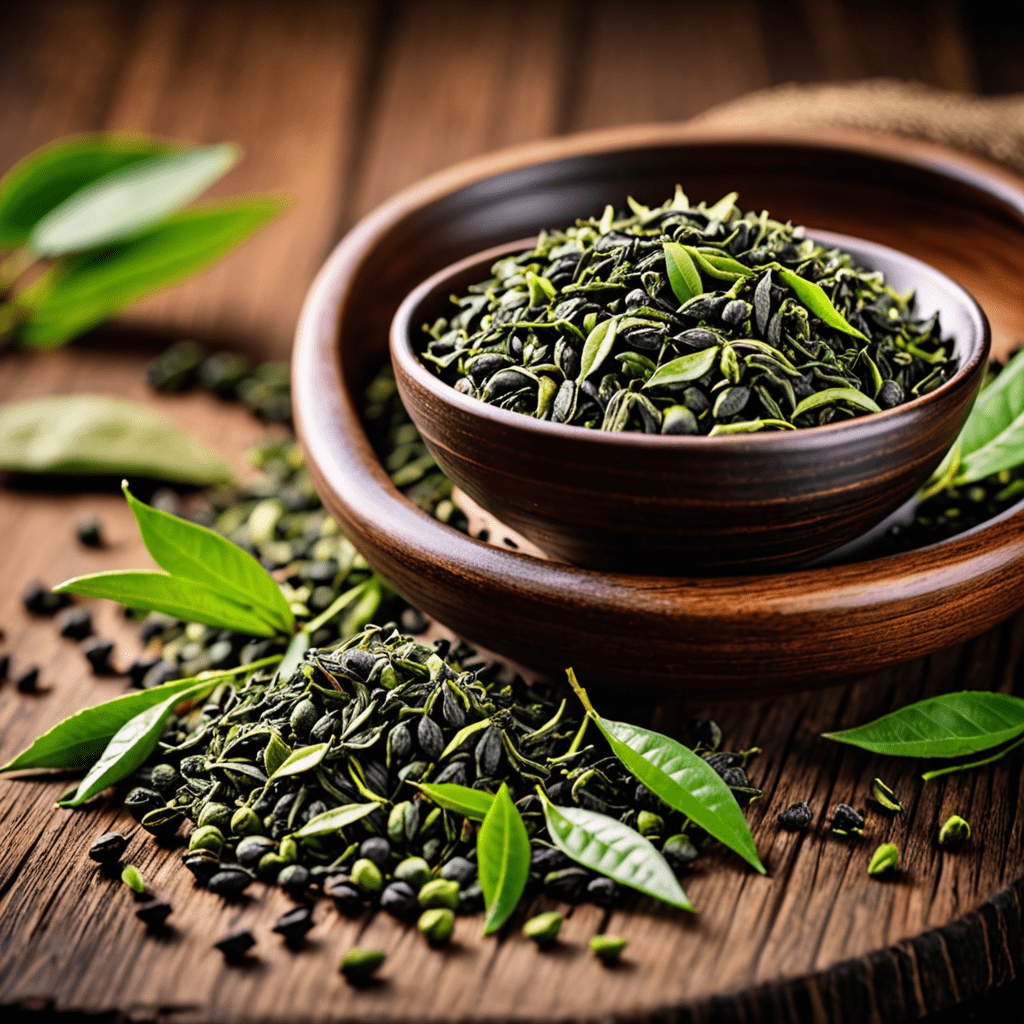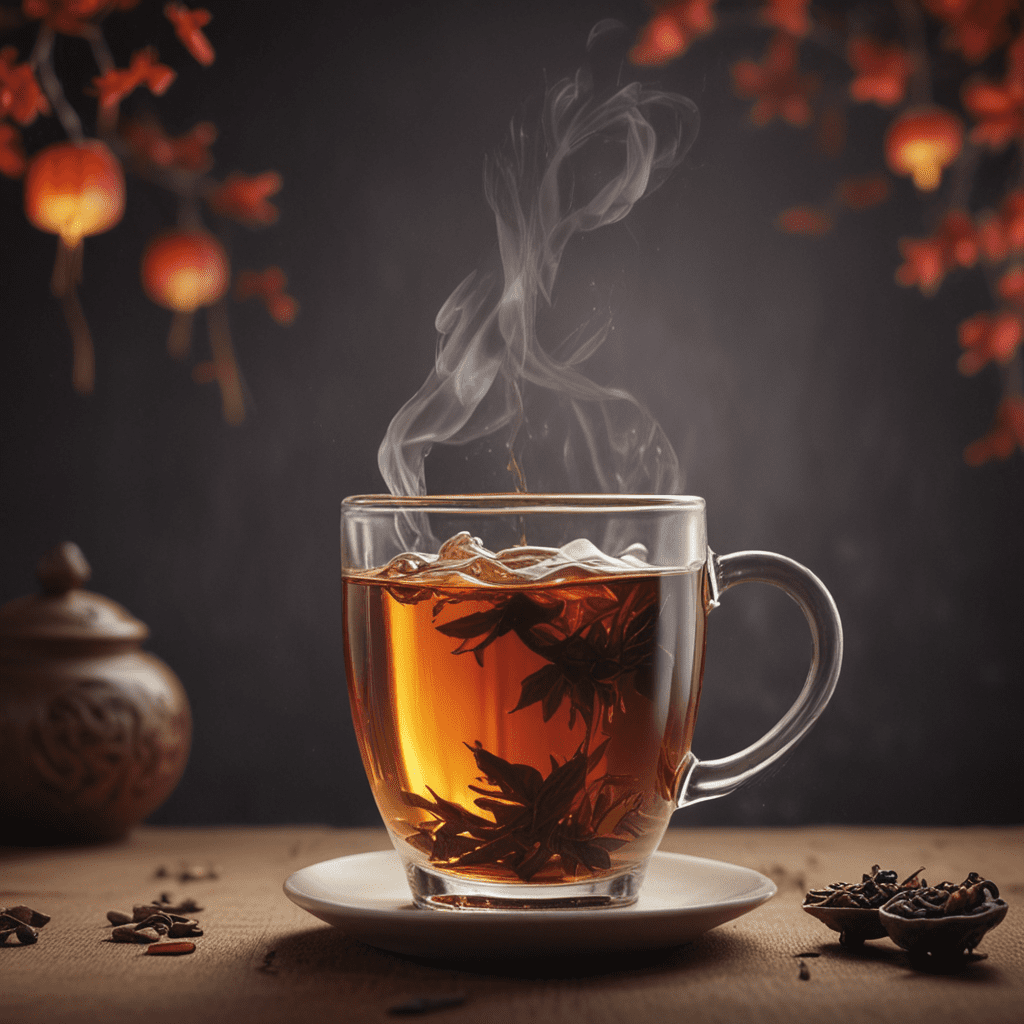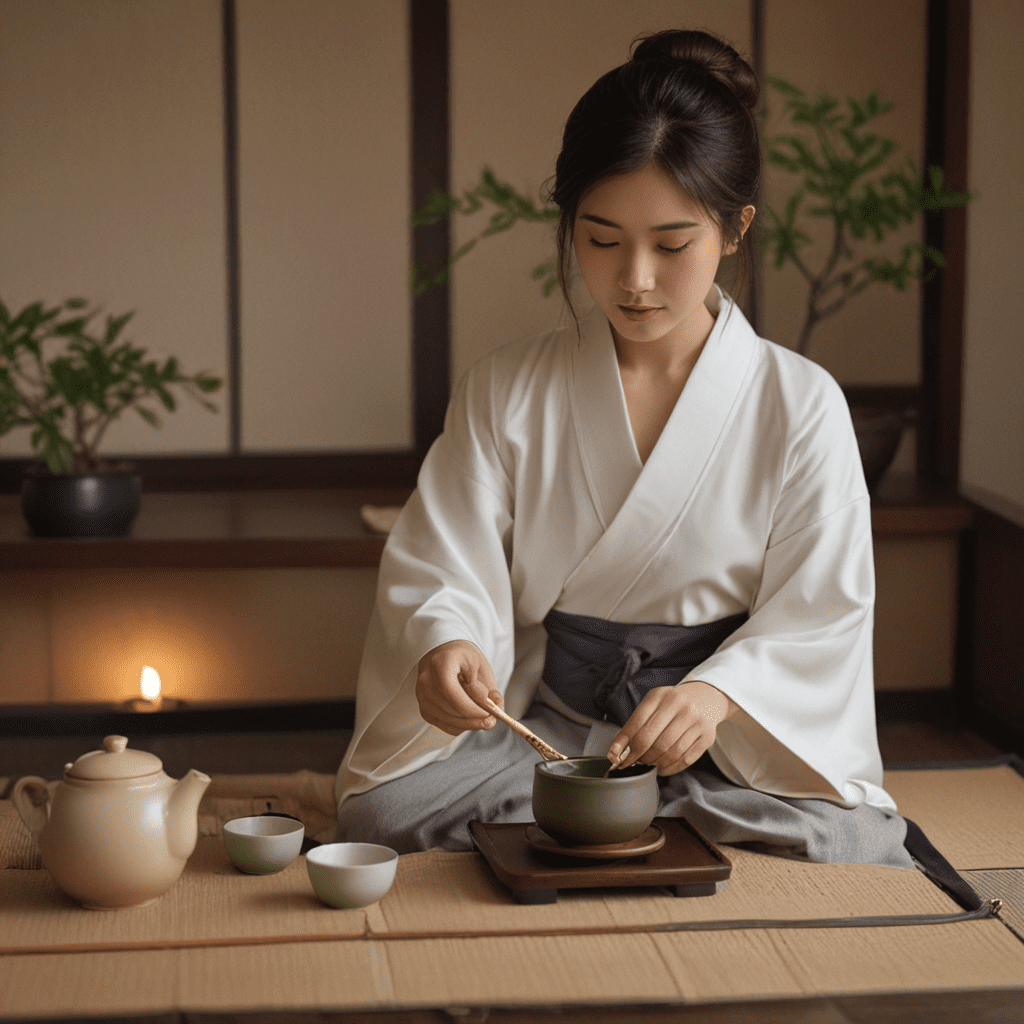
Exploring the Rich Tradition of Green Tea in India
India has a long-standing tradition of tea consumption, with green tea being an integral part of this culture. From the serene foothills of the Himalayas to the lush valleys of Assam, green tea holds a special place in the hearts of Indians. Throughout the country, the art of brewing and enjoying green tea has been perfected over centuries, creating a unique and vibrant tea culture.
The Art of Brewing Green Tea
Brewing green tea is not merely a process; it is an intricate art form that requires precision and skill. Understanding the various brewing techniques, such as temperature control and steeping time, is essential to unlock the true flavors and health benefits of green tea. This section will delve into the nuanced methods of brewing this beloved beverage, offering insights into the traditional and modern approaches employed in India.
Unearthing the Flavors of Indian Green Tea
India’s diverse landscape contributes to the unique flavors of its green teas. From the delicate floral notes of Darjeeling green tea to the robust and malty undertones of Nilgiri green tea, each region offers distinct flavor profiles that showcase the rich tapestry of Indian green tea. Discover the various regional varieties and the characteristics that set them apart, adding depth and complexity to India’s green tea offerings.
The Health Benefits of Green Tea
Beyond its enticing flavors, green tea is celebrated for its numerous health benefits. Laden with powerful antioxidants and other beneficial compounds, green tea has been revered for its potential to promote overall well-being. This section will unravel the science behind green tea’s health benefits, shedding light on its role as a beloved elixir of vitality in India.
The Cultural Significance of Green Tea in India
Embraced in rituals and daily practices, green tea holds deep cultural significance in India. Whether it’s a moment of tranquility during a traditional tea ceremony or a comforting cup shared among friends, green tea is woven into the fabric of Indian social customs. Explore the cultural rituals and traditions associated with green tea, gaining a deeper understanding of its symbolic importance in Indian society.
Sourcing the Finest Green Tea in India
India’s tea estates are renowned for producing some of the world’s finest green teas. Learn about the process of tea cultivation, from the meticulously tended bushes to the careful plucking and processing that yields the superior quality teas India is known for. Gain insight into the sustainable and organic practices employed by Indian tea estates, reaffirming their commitment to excellence and environmental stewardship.
FAQ: Green Tea in India
Q: What sets Indian green tea apart from other varieties?
A: Indian green tea stands out for its diverse flavor profiles, influenced by the country’s unique geography and tea-growing regions. Each type of Indian green tea offers a distinct taste, from the floral and aromatic notes of Darjeeling to the earthy and full-bodied character of Assam green tea.
Q: How is green tea traditionally enjoyed in India?
A: In India, green tea is often enjoyed hot, paired with savory snacks or sweets. It is also esteemed for its role in traditional healing practices, often combined with herbs and spices to create healthful concoctions.
Q: Are there any cultural customs associated with brewing or serving green tea in India?
A: Yes, green tea is an integral part of Indian customs and traditions. Various regions have unique rituals associated with the preparation and consumption of green tea, adding an element of ceremony and reverence to the experience.


